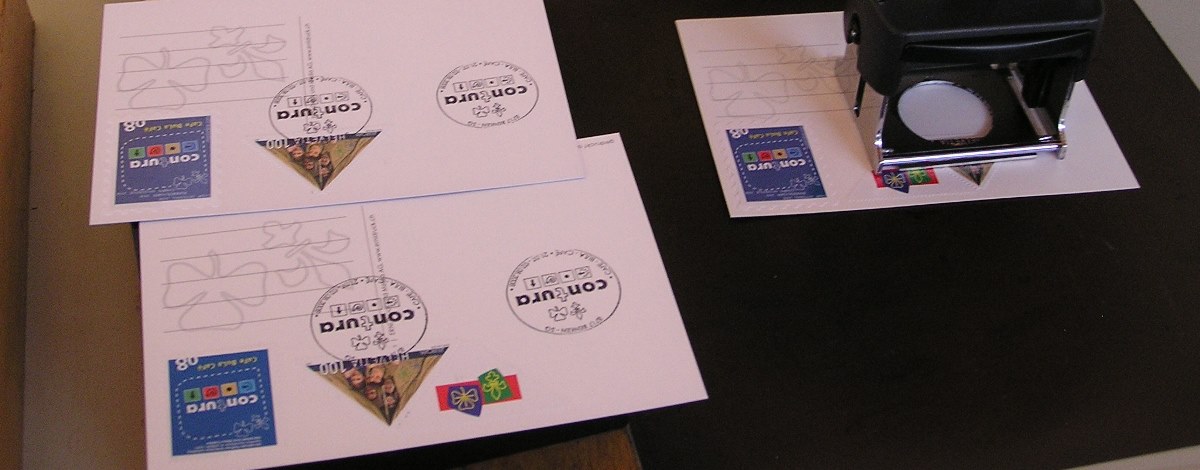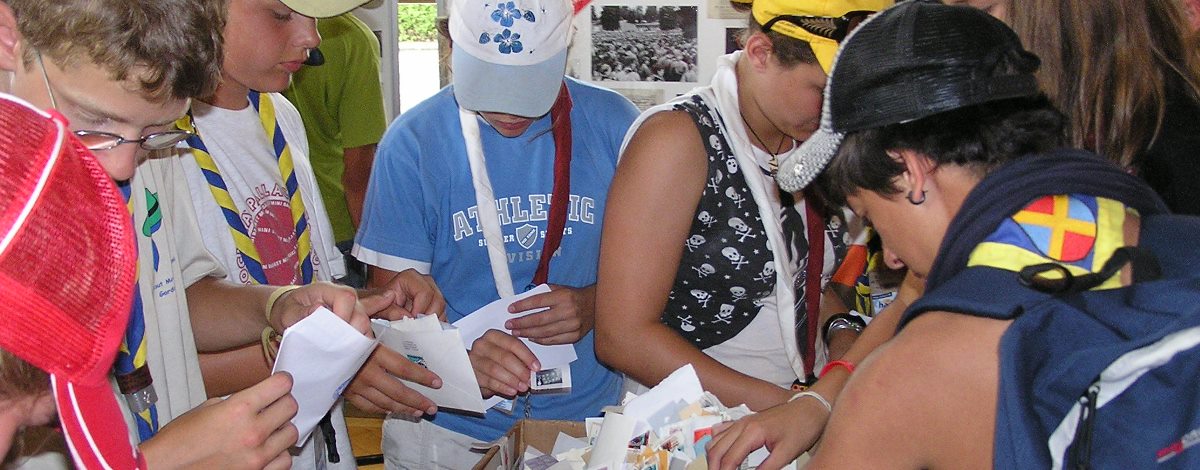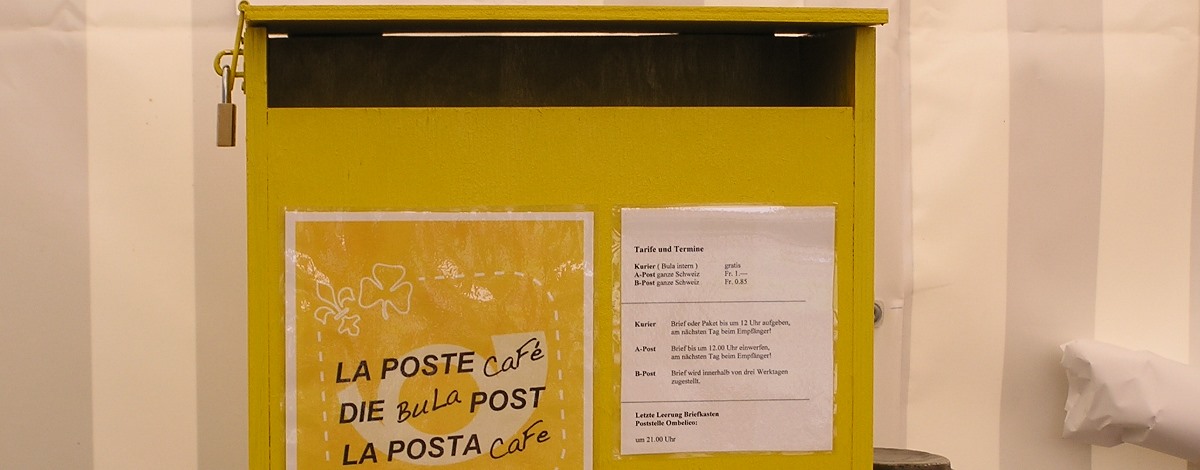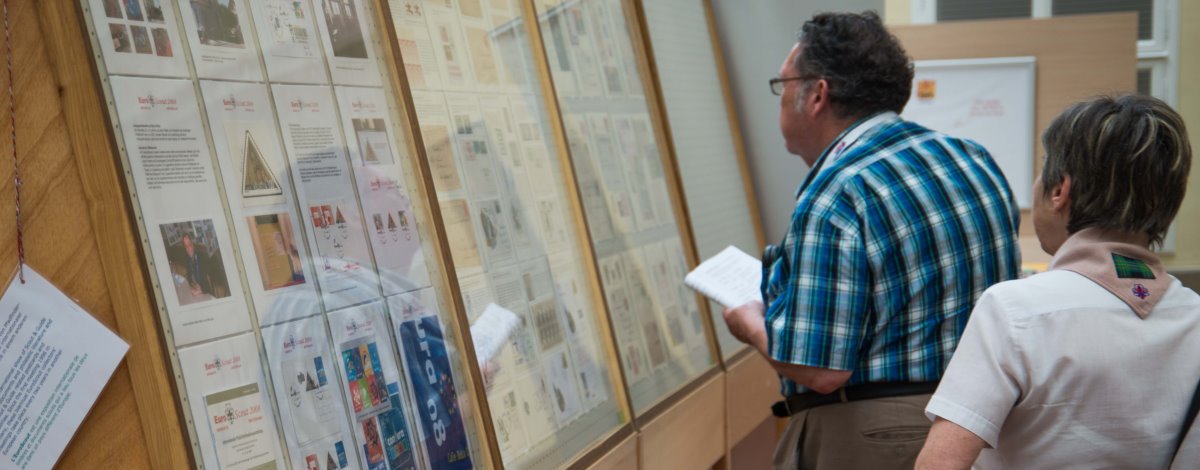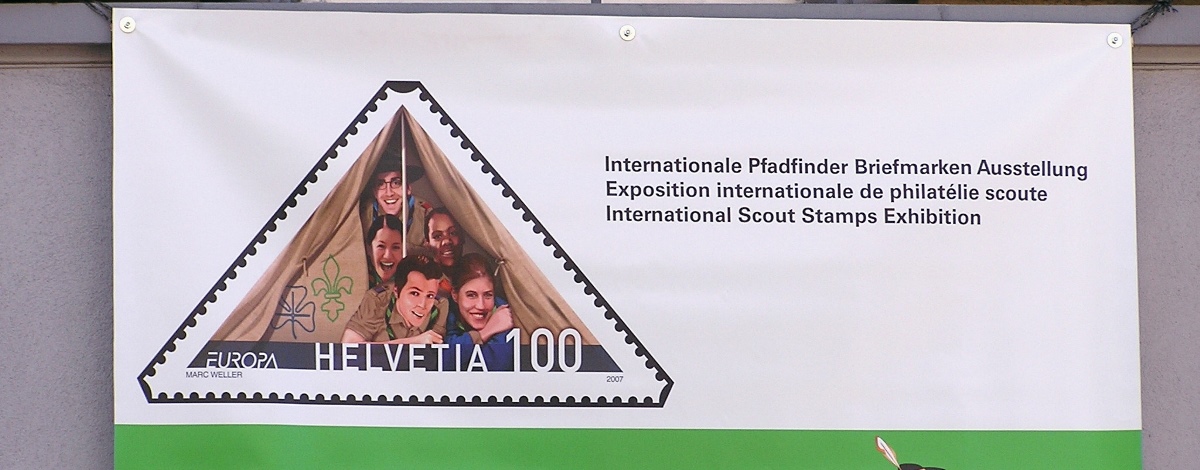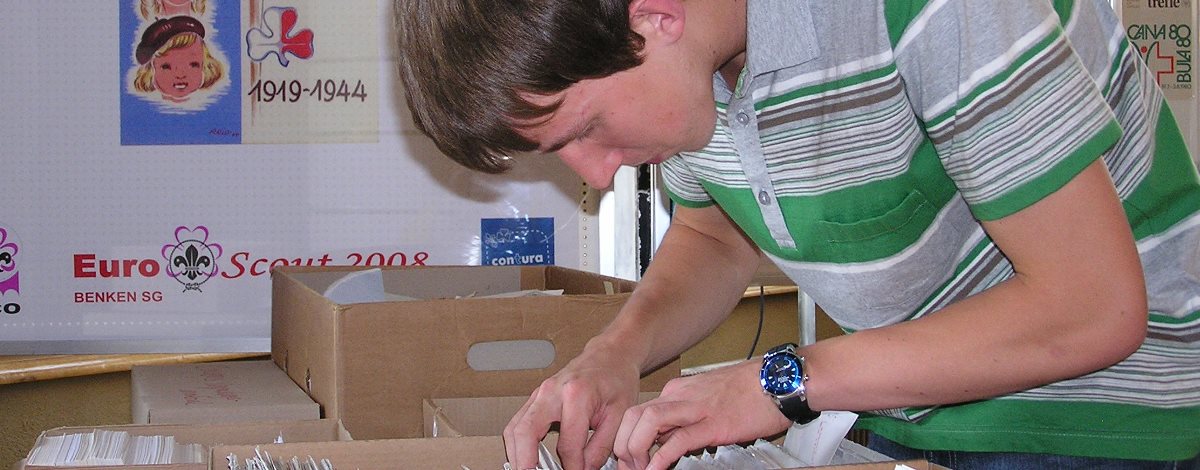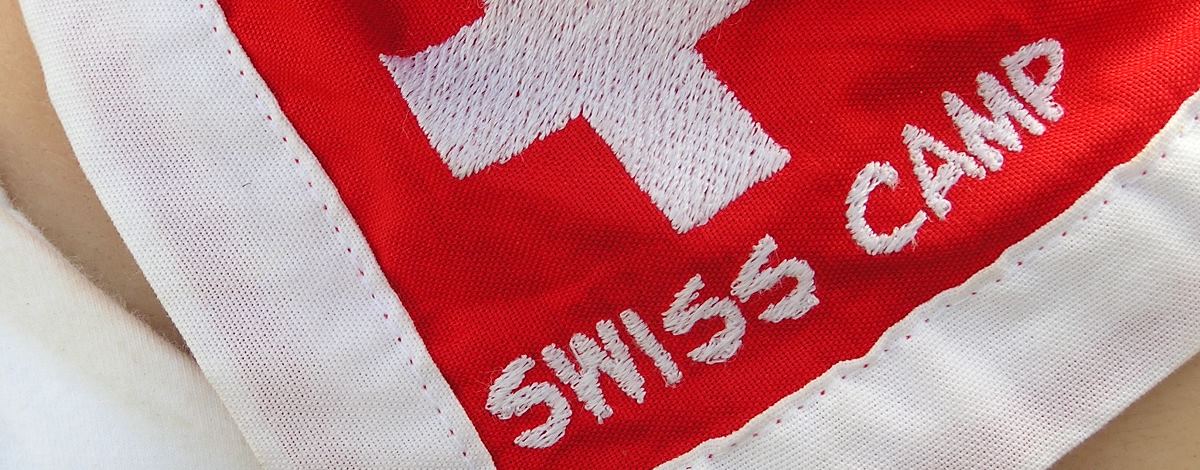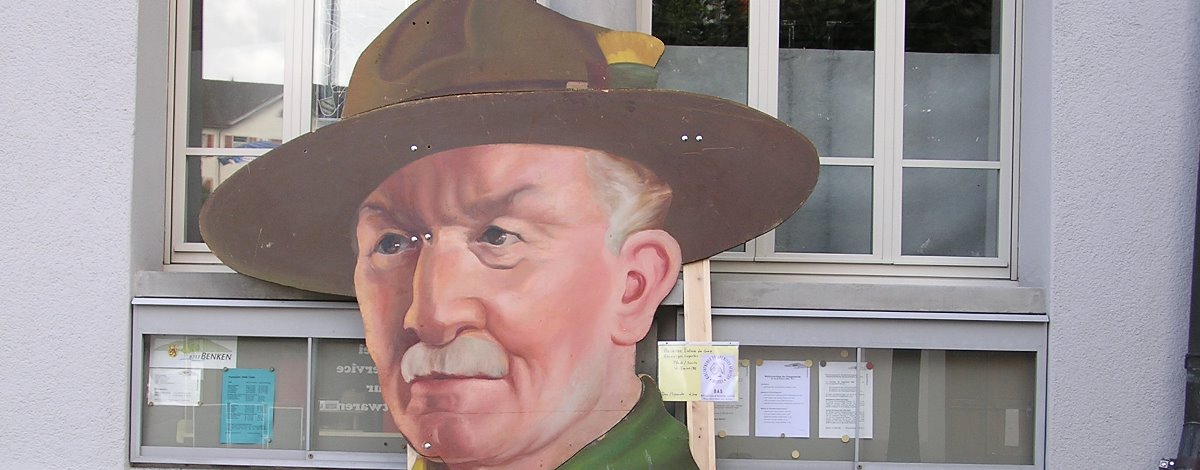Hans Beutler v/o Mutti (1913 - 1994)
Postcard Mother
After finishing school, Hans Beutler completed an apprenticeship as a graphic designer in Welschland. This profession aroused in him the desire for artistic creativity as a draughtsman and painter. With the series of postcards published in 1939 entitled "600 Jahre Schlacht bei Laupen", Hans Beutler drew attention to himself and made himself available to the Swiss National Donation, which made him famous throughout the country. Especially unforgettable are his subjects for the soldier's Christmas. From then on, the talented and versatile artist has repeatedly worked for various publishers as a book and magazine illustrator, even in the last years overshadowed by painful illness.
Hans Beutler was also available for the scouts with many graphic and drawing works. He has designed various series of postcards with four or six cards and a single postcard. Unfortunately, another series of four cards remained unused. For the Boy Scout Material Bureau he designed cover sheets for the annual price list (1940-1946) and for decades his title illustrations decorated the inside pages of the MABÜ price lists. He also produced illustrations for the booklet Schweizer Rover (1952), the Kandersteger News (1950-1954) and the memorial album Rover-Moot 1953, as well as drawings for all kinds of other printed matter of the Boy Scouts. For his boy scout friend René Gardi he drew illustrations for his famous book My backpack, tent and cooking pot.
Kandersteg News
But Hans Beutler's breast still contained a second soul, which - shaped by the events of the war - increasingly urged action: his willingness to help. In 1942, at his request, he took over the management of an internment camp for young people in Ticino, where he turned out to be a natural talent for education. This persuaded Hans Beutler, then director of the Children's Fund of the Swiss Red Cross, to entrust Hans Beutler with the management of a children's home in France, where he became a Red Cross delegate. His arrival in the Cevenn Village of Le-Chambon-sur-Lignon (Département Haute-Loire) fell into the middle of the German occupation of France. Soon the former Huguenot village - where the people knew from experience what persecution meant - housed under the self-sacrificing Aegide of Hans Beutler five children's homes with about 200 places, including training workshops and farmsteads. In addition to French, Spanish, English and Belgian war orphans found shelter here.
It was not until 1956 that Hans Beutler returned to Switzerland, but he remained in the service of the Red Cross, for which he provided some impetus - without much fuss about his person -, for example, in 1954 the introduction of the institution Jugendrotkreuz in German-speaking Switzerland and, on the occasion of the 100th anniversary of the Red Cross, the commissioning of the very first autocars for the disabled, financed by self-earned money from young people. In collaboration between the Red Cross Youth and trade schools throughout Switzerland, the tireless creator realised another social project with Casa Henri Dunant in Varazze on the Italian Mediterranean coast: apprentices and vocational schoolchildren turned neglected buildings into a flourishing course centre for young people in 60,000 working hours. The fact that Hans Beutler has put his artistic work entirely at the service of social welfare deserves special recognition. His life was a charity lived in silence, marked by deeds, not words. Countless others owe him good, many even life. May his example shine forth.
The text has been taken from "newsletter" No. 3/95, magazine of the Swiss Scout Philatelic Society. All illustrations are by Hans Beutler v/o Mutti; they are in the Zentralarchiv + Museum der Pfadibewegung Schweiz.

